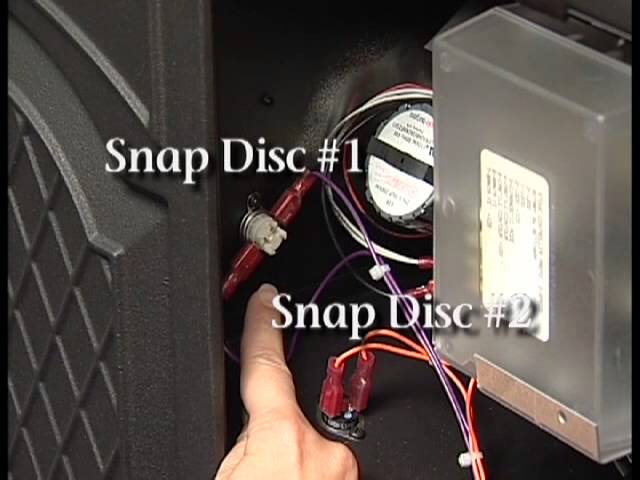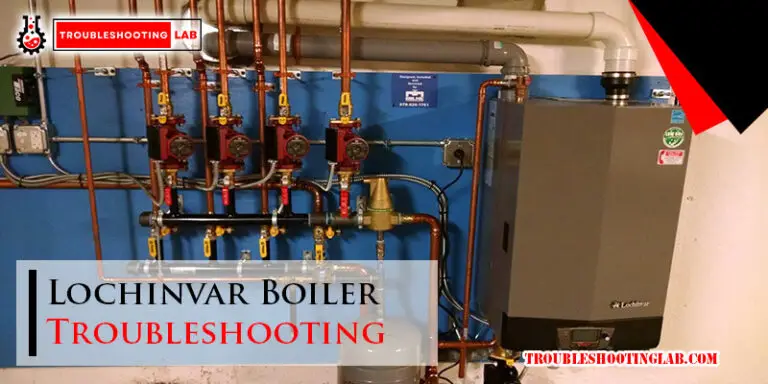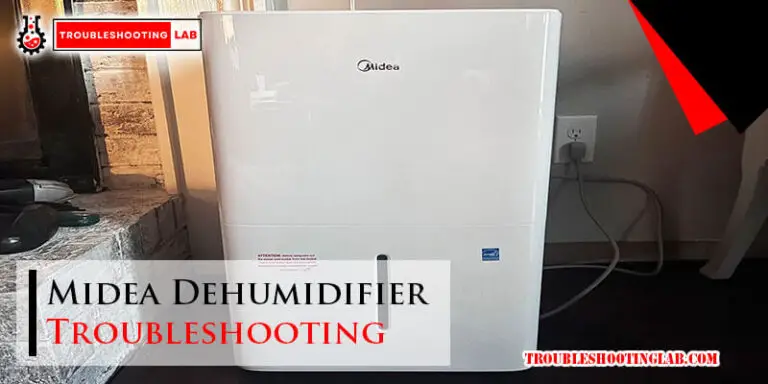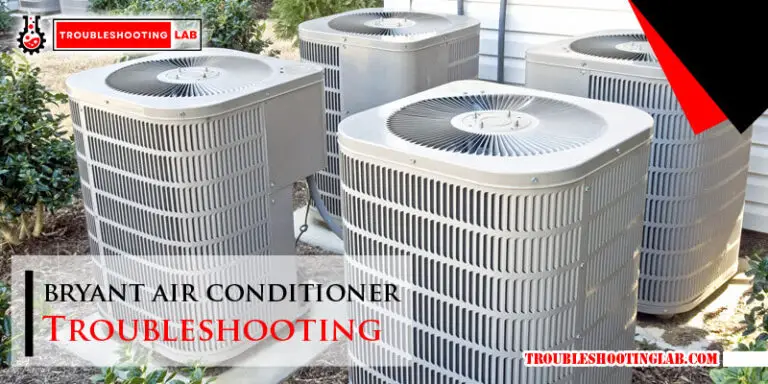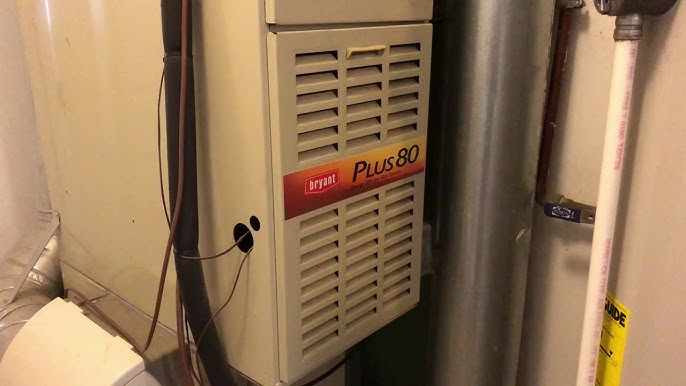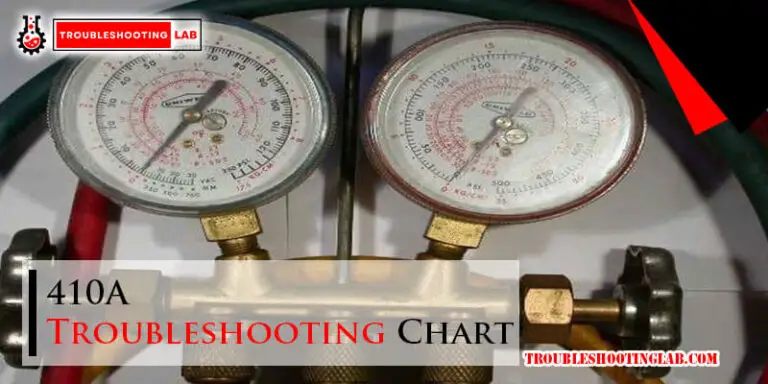Camper Furnace Troubleshooting: Expert Tips for Quick Fixes
To troubleshoot a camper furnace, first check the thermostat settings and ensure the propane supply is sufficient. Next, examine the furnace for any blockages or debris.A functioning camper furnace is vital for maintaining comfort during camping trips, especially in colder weather. Understanding common issues and solutions can save time and ensure a warm environment. Basic troubleshooting can address many problems, such as incorrect thermostat settings, insufficient propane, or blocked vents.
Regular maintenance and inspections can prevent issues and extend the life of the furnace. By knowing how to identify and fix minor problems, campers can enjoy a cozy and comfortable experience even in the most challenging conditions.

Common Furnace Issues
Experiencing issues with your camper furnace can be frustrating. Understanding common problems can help you troubleshoot quickly. Below, we discuss some frequent furnace issues and how to address them.
No Heat
Sometimes, your furnace might not produce any heat. This can be due to a variety of reasons. Check the following:
- Thermostat Settings: Ensure your thermostat is set to “heat” mode.
- Gas Supply: Verify that your propane tank is not empty.
- Ignition System: Examine if the pilot light is out.
- Blower Motor: Listen for the blower motor; it should run.
Blowing Cold Air
If your furnace is blowing cold air, several factors could be responsible. Consider the following checks:
- Air Filter: A clogged filter can block warm air.
- Thermostat Batteries: Replace if they are low or dead.
- Propane Levels: Ensure there is enough propane in the tank.
- Ducts and Vents: Inspect for any blockages or leaks.
| Issue | Possible Cause | Solution |
|---|---|---|
| No Heat | Thermostat not set to heat | Set thermostat to heat mode |
| Blowing Cold Air | Clogged air filter | Clean or replace filter |
Tools Needed
To troubleshoot your camper furnace, you’ll need specific tools. These tools help you identify and fix issues. Having the right tools ensures you can tackle problems efficiently. Below is a detailed list of basic and advanced tools you might need.
Basic Tools
You’ll need some basic tools to get started. These tools are simple but essential.
- Screwdriver Set: A set with various heads, both flat and Phillips.
- Multimeter: For checking electrical connections and diagnosing issues.
- Flashlight: To see in dark or hard-to-reach places.
- Wrenches: A set of different sizes for loosening and tightening bolts.
- Wire Cutters: For cutting and stripping wires.
- Gloves: To protect your hands from sharp objects and heat.
Advanced Tools
For more complex issues, you’ll need advanced tools. These tools help with more detailed diagnostics and repairs.
- Manometer: Measures gas pressure in the furnace.
- Temperature Probe: Checks the temperature inside the furnace.
- Combustion Analyzer: Analyzes the combustion efficiency and safety.
- Oscilloscope: For more complex electrical diagnostics.
- Leak Detector: Detects gas leaks in the system.
- Infrared Thermometer: Measures surface temperatures from a distance.
Having these tools at hand will make troubleshooting your camper furnace easier. Basic tools are essential for minor fixes, while advanced tools help with detailed diagnostics. Ensure you have both types of tools for a comprehensive approach.
Checking The Thermostat
When your camper furnace stops working, the thermostat is a common culprit. By checking the thermostat, you can often fix the problem quickly. In this section, we will cover some simple steps for troubleshooting.
Thermostat Settings
First, check the thermostat settings. Make sure the thermostat is set to heat and not cool. Verify the temperature setting. It should be higher than the current room temperature.
- Set the thermostat to heat.
- Increase the temperature setting.
- Check if the furnace turns on.
Sometimes the settings get changed by mistake. Adjusting them can solve the issue.
Replacing Batteries
If your thermostat uses batteries, they might be dead. Replacing the batteries can often solve the issue.
- Remove the thermostat cover.
- Take out the old batteries.
- Insert new, fresh batteries.
- Replace the thermostat cover.
- Set the thermostat to heat and check.
Batteries should be replaced every year for optimal performance. Fresh batteries ensure the thermostat works correctly.
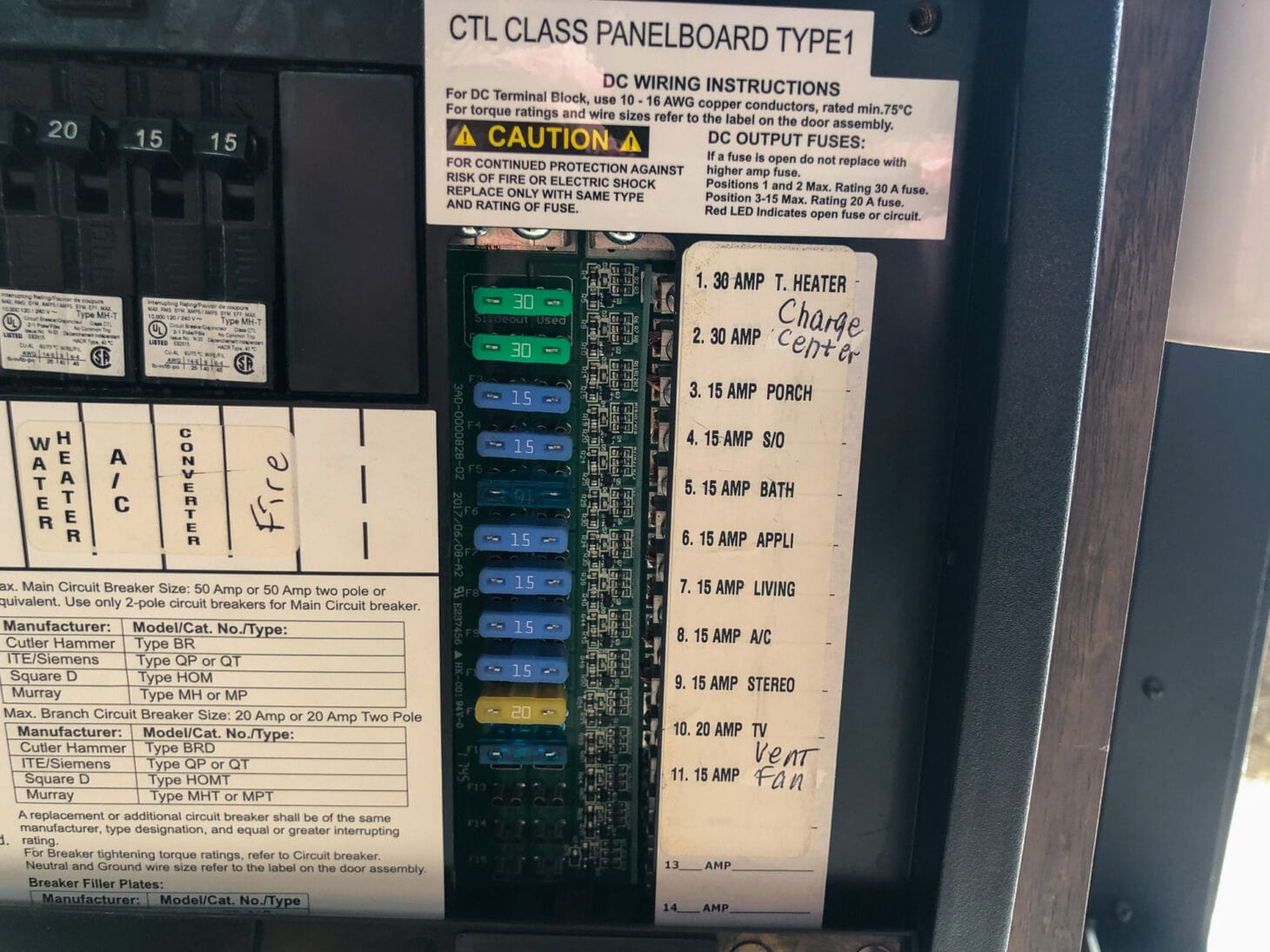
Inspecting The Power Source
Understanding how your camper furnace operates starts with inspecting the power source. A reliable power source ensures the furnace functions correctly. It’s essential to check the power supply and the circuit breaker. Faulty power sources are common causes of furnace issues.
Power Supply
First, check the power supply to your camper furnace. Ensure all connections are secure. Loose wires can cause the furnace to malfunction.
Use a multimeter to check voltage levels. The correct voltage is crucial for furnace operation. Verify the power supply meets the manufacturer’s specifications.
Circuit Breaker
Inspect the circuit breaker connected to the furnace. A tripped breaker can cut off power. Reset the breaker if it has tripped.
If the breaker trips again, there may be a short circuit. This issue requires immediate attention. Consult a professional if this happens repeatedly.
Ensure the breaker is not overloaded. An overloaded breaker can cause frequent trips. Distribute the electrical load evenly to prevent this issue.
| Power Source Component | Checklist |
|---|---|
| Power Supply |
|
| Circuit Breaker |
|
Examining The Furnace Filter
Keeping your camper furnace in top condition is crucial. One important step is examining the furnace filter. This ensures your furnace runs efficiently and safely.
Filter Condition
First, check the condition of the filter. A dirty filter can block airflow. This makes your furnace work harder. Look for dust, dirt, or debris. If the filter looks clogged, it needs attention. Clean filters improve efficiency and air quality.
Use a flashlight to inspect the filter. Pay attention to the edges and surface. If you see grime or buildup, it’s time to act. A clean filter helps maintain a healthy environment inside your camper.
Replacing The Filter
Replacing the filter is simple. First, turn off the furnace. This ensures safety while you work. Locate the filter compartment. It’s usually near the furnace intake.
- Open the filter compartment.
- Remove the old filter carefully.
- Dispose of the old filter properly.
- Insert the new filter.
- Ensure the new filter fits snugly.
- Close the filter compartment.
Turn the furnace back on. Check if it runs smoothly. A new filter can make a big difference. It helps the furnace perform better and last longer.
Experts recommend changing the filter every three months. This keeps your furnace in top shape. Always have spare filters on hand. Regular maintenance saves time and money.
Investigating The Blower Motor
When your camper furnace isn’t working, start by checking the blower motor. This motor helps circulate warm air. Let’s explore how to ensure your blower motor is functioning correctly.
Motor Functionality
First, check if the motor is turning on. Turn on your furnace and listen for the blower. If you don’t hear it, there could be an issue. Use a multimeter to check for power. Ensure the motor is receiving electricity. If the motor isn’t running, it may need to be replaced.
Lubricating The Motor
Blower motors require lubrication to run smoothly. Locate the lubrication points on the motor. Apply a few drops of oil to each point. Spin the motor by hand to distribute the oil. Regular lubrication keeps the motor running well. It can also extend its lifespan.
Testing The Ignition System
Testing the ignition system in a camper furnace is crucial. It ensures your furnace runs smoothly and efficiently. A faulty ignition system can lead to various problems, including the furnace not starting or the pilot light going out. Here, we will look at the two main types of ignition systems: the pilot light and the electronic ignition.
Pilot Light
The pilot light is a small flame that ignites the furnace burners. To test the pilot light, follow these steps:
- Locate the pilot light assembly.
- Ensure the gas valve is open.
- Check if the pilot light is lit.
If the pilot light is not lit, try to ignite it manually. Follow these steps:
- Turn the gas valve off and wait a few minutes.
- Turn the valve to the pilot position.
- Use a match or lighter to light the pilot.
- Hold the gas valve button down for about 30 seconds.
- Release the button and check if the pilot stays lit.
If the pilot light goes out again, there might be an issue with the thermocouple. The thermocouple ensures the pilot light stays lit. It might need cleaning or replacing.
Electronic Ignition
Electronic ignition systems are common in modern camper furnaces. They replace the traditional pilot light. To test an electronic ignition system, follow these steps:
- Turn the thermostat to the “on” position.
- Listen for the ignition click.
- Check if the burners ignite.
If the burners do not ignite, there could be several issues:
- A faulty igniter
- Loose wiring connections
- A malfunctioning control board
To troubleshoot these issues, start by checking the igniter. Ensure it is clean and free of debris. Next, inspect the wiring connections for any loose or damaged wires. Finally, test the control board using a multimeter to ensure it is functioning correctly.
By following these steps, you can effectively troubleshoot the ignition system in your camper furnace. Regular maintenance and testing can help prevent future problems and ensure your furnace operates smoothly.

When To Call A Professional
Troubleshooting a camper furnace can be challenging. Sometimes, it’s best to call a professional. Here are some cases where expert help is needed.
Complex Issues
Some furnace problems are too complex to handle alone. Here are a few examples:
- Electrical issues: If your furnace has electrical problems, call an expert.
- Gas leaks: Gas leaks are hazardous. A professional should handle them.
- Mechanical failures: When parts break, a skilled technician can fix them quickly.
Safety Concerns
Safety should always come first. Here are some safety concerns to consider:
- Carbon monoxide: If you suspect a carbon monoxide leak, call for help.
- Fire hazards: Malfunctioning furnaces can cause fires. Get it checked by a pro.
- Injury risk: Avoid injury by letting experts handle dangerous repairs.
Here is a quick reference table:
| Issue | Why Call a Professional |
|---|---|
| Electrical problems | Requires specialized knowledge and tools |
| Gas leaks | Highly dangerous and needs expert handling |
| Carbon monoxide leaks | Can be fatal; needs immediate professional attention |
| Fire hazards | Prevent potential fires by consulting a specialist |
| Mechanical failures | Complex repairs are best handled by a technician |
Remember, your safety is paramount. Always consult a professional for serious issues.
Frequently Asked Questions
Why Is My Camper Furnace Not Igniting?
A faulty thermostat or gas valve might cause ignition issues. Check these components first to troubleshoot the problem.
How Do I Reset My Camper Furnace?
Locate the reset button, typically near the blower housing. Press it to reset your camper furnace.
Why Is My Camper Furnace Blowing Cold Air?
Cold air usually indicates a problem with the ignition system or a malfunctioning thermostat.
What Causes A Camper Furnace To Overheat?
Blocked vents or a dirty air filter can cause overheating. Ensure proper airflow by cleaning filters and vents regularly.
How Often Should I Service My Camper Furnace?
Service your camper furnace annually to ensure it operates efficiently and safely throughout the camping season.
Conclusion
Troubleshooting your camper furnace doesn’t have to be daunting. With these tips, you can ensure warmth and comfort. Regular maintenance and quick fixes can prevent bigger issues. Always consult a professional for persistent problems. Enjoy worry-free camping with a well-functioning furnace.
Stay warm and happy on your adventures!

